|
~The FReeper Canteen Presents~ Road Trip: Marine Corps Base Hawaii 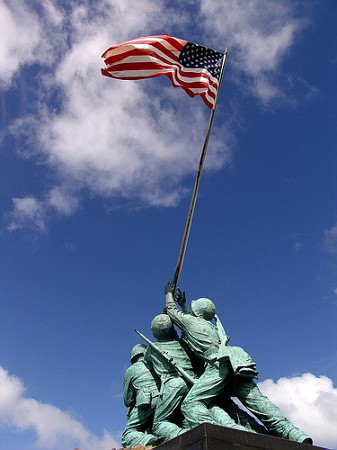
The Mission at MCB Hawaii is to provide facilities, programs, and services in direct support of units, individuals, and families in order to enhance and sustain combat readiness for all operating forces and tenant organizations aboard MCBH.     
President Woodrow Wilson first designated land on Mokapu Peninsula for military in 1918, setting aside 322 acres by executive order, to be used for the U.S. Army’s "Fort Kuwa’ahoe Military Reservation." Referred to as "Camp Ulupa’u" in 1941, the reservation was renamed "Fort Hase" the following year, and became a major unit within the Windward Coastal Military Command. It was expanded in 1945 by 474 acres. 
The U.S. Navy bought land on the western side of the peninsula in 1939, and began construction of Naval Air Station (NAS), Kaneohe that September, to help strengthen U.S. military presence in the Pacific. The installation was originally planned to include five squadrons of seaplanes, plus the facilities to support them. Contractors Pacific Naval Air Bases (CPNAB) did the initial NAS, Kaneohe Bay construction. On December 7, 1941, two waves of Japanese Imperial Navy aircraft strafed and bombed NAS, Kaneohe Bay, the first wave striking eight minutes before enemy planes reached Pearl Harbor. Of the 36 PBY Catalina ("flying boat") sea planes based at Kaneohe, 27 of the 33 on the ground, in hangars or moored in the bay. were destroyed or rendered inoperable. The three planes out on patrol at the time of the attack escaped, and returned to base later in the day, pocked with bullet holes from air-to-air encounters. One of these three planes had assisted earlier that morning in the sinking of a Japanese submarine, just outside the entrance of Pearl Harbor. During WWII, Hawaii played a key and strategic role. After the Battle of Midway in June 1942, the forward areas moved west to other Pacific islands, and the role of bases in Hawaii became focused on supply, repair and training. NAS, Kaneohe Bay provided those services for aviation-related units. At this installation, the Fleet Gunnery School -- "the largest gunfire school in the Pacific" -- trained thousands of Navy gunners. The Instrument Flying Center was the main combat training center at NAS, Kaneohe Bay for Navy and Marine Corps aviators. Read More About the History of MCB Hawaii Here!     
Marine Corps Base Hawaii (MCBH), formerly Kaneohe Marine Corps Air Station (KMCAS), is a U.S. Marine Corps base facility and air station located on the Mokapu Peninsula of windward O'ahu in the City & County of Honolulu. As of the 2000 Census, the base had a total population of 11,827. Marine Corps Base Hawaii, Kaneohe Bay is home to Marines, Sailors, family members and civilian employees. The United States Marine Corps operates a 7,800-foot (2,400 m) runway at the base.
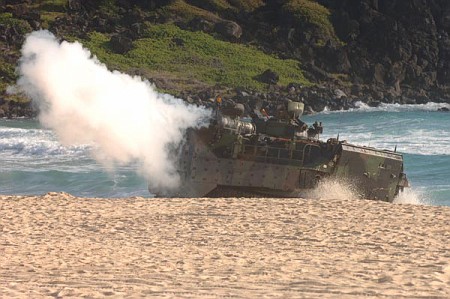 On April 15, 1994, the Marine Corps consolidated all of its installations in Hawaii. MCAS Kaneohe Bay, Camp H.M. Smith, Molokai Training Support Facility, Manana Family Housing Area, Puuloa Range, and the Pearl City Warehouse Annex combined to form a new command, the Marine Corps Base Hawaii, headquartered at MCBH Kaneohe Bay.
All U.S. military units located in Hawaii fall under the command of the U.S. Pacific Command (USPACOM) which is headquartered at Camp H. M. Smith on Oahu. The Commanding General of Marine Forces Pacific (MARFORPAC) also commands 12 Marine Corps bases and stations in Arizona, California, Hawaii and Japan, as well as operational forces in Hawaii, and Okinawa, as well as units deployed to Southeast/west Asia. Learn More About MCB Hawaii Here!     
Docked at Pearl Harbor along the "Battleship Row," the USS Bowfin Submarine Museum & Park is a fitting tribute to the 52 American submarines and more than 3,500 submariners lost in World War II. 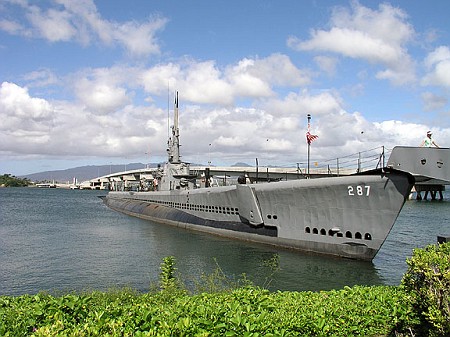 The Bowfin is one of only 15 U.S. World War II submarines that did not wind up as scrap metal or as target practice for another military ship. The Pacific Fleet Memorial Association was chartered in 1978 and acquired the Bowfin just one year later. In 1980, the submarine was brought to Pearl Harbor and docked next to the USS Arizona Memorial Visitor Center. Finally, on April 1, 1981, the Bowfin officially opened to the public as a "museum ship." The 10,000-square-foot museum exhibits a variety of submarine-related artifacts, including weapon systems, battle flags, photographs, recruiting posters and detailed submarine models. Visitors can examine the inner workings of a Poseidon C-3 missile, the only one of its kind to be put on public display. Also on exhibit is a Purple Heart that was awarded to crewmember Reid Lee, the lone Bowfin casualty of war. (Lee suffered shrapnel wounds during a surface engagement during the Bowfin’s seventh patrol. Visit The USS Bowfin Museum Here!     
FR CANTEEN MISSION STATEMENT~Showing support and boosting the morale of our military and our allies military and the family members of the above. Honoring those who have served before.
Please remember: The Canteen is a place to honor and entertain our troops. The Canteen is family friendly. Let's have fun! We pray for your continued strength, to be strong in the face of adversity. We pray for your safety, that you will return to your families and friends soon. We pray that your hope, courage, and dignity remain unbroken, so that you may show others the way. God Bless You All ~ Today, Tomorrow and Always |

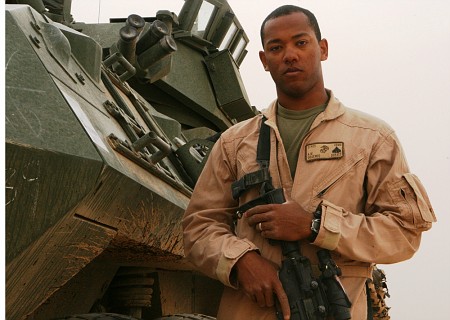
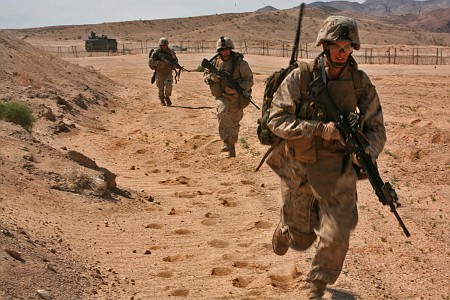

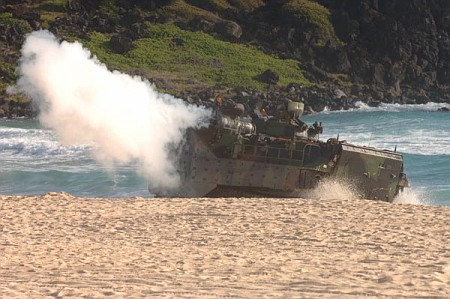

![]()

